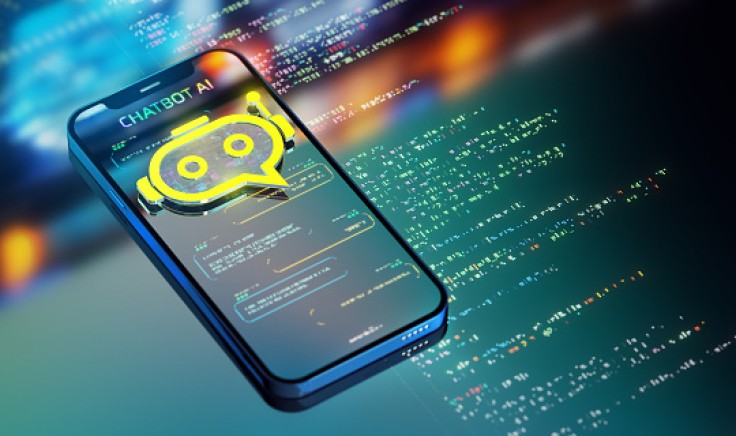With the number of available chatbots that have been released by now, you've probably heard of one or two already. However, that doesn't mean that you've tried at least one of them yet. If intend to, here's a short guide to help you get started.

What is an AI Chatbot?
First, what exactly is a chatbot? Well, it's a computer program that allows users to have conversations with it, resulting in informative responses. With the integration of AI, its capabilities are significantly enhanced.
The AI model used to power the chatbot is trained using available data, making it somewhat "smarter." The more data is fed to the AI model or large language model (LLM), the more detailed and accurate the responses can be.
All chatbots work the same way. Users have to enter a text prompt, whether it's in the form of a question or a command. If it's within the capabilities and knowledge of the AI, then it will be done based on the instructions you provide.
What Can You Do With Them?
There are a lot of applications for AI chatbots, especially since generative AI can be assistive in a great number of tasks. It can be as simple as asking about recipes, or as complex as creating code for a program, although that depends on the AI chatbot you use.
Some are even capable of generating images. Google's Gemini chatbot, for instance, can do just that while its main competitor, OpenAI ChatGPT, cannot. Just be sure to be precise and detailed in your prompts to get the most accurate results.
The AI in chatbots is smart enough to create stories for you as well as riddles, when you intend to use it for entertainment. However, it is capable of far more, which is why there are already instances when AI chatbots are preferred over human employees.
They can process data at much faster rates. You can enter a long paragraph of information and ask it to simplify the text, or look for particular information you might be too busy or lazy to look for. It won't even take more than two minutes to finish the process.
It's this capability that makes it a convenient tool for gaining knowledge as well. You can ask the chatbot to explain certain topics to you in a manner you prefer. You can ask it to create bullet points to digest the information better, or you can ask it to only give you the highlights of the topic.
What You Shouldn't Do
Since AI chatbots hold a lot of potential, some people already see it as something to exploit. Of course, this is something you need to avoid. You can use chatbots to generate texts and images for you, but if you intend to share them, you shouldn't claim them as your own creations.
At the very least, you need to indicate that the content is AI-generated. You should also refrain from providing private, personal, or sensitive information in chat. Whether the companies admit it or not, the chatbots save your conversations and use them as training data.
It's unclear how the collected data will be used. While it was already resolved, there was a case where researchers managed to pull genuine personal data from ChatGPT like emails, names, and phone numbers. This can be used by bad actors if they manage to get a hold of your information.









